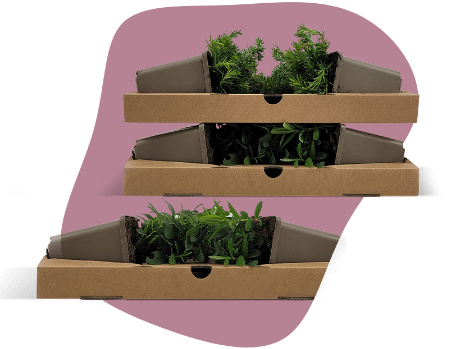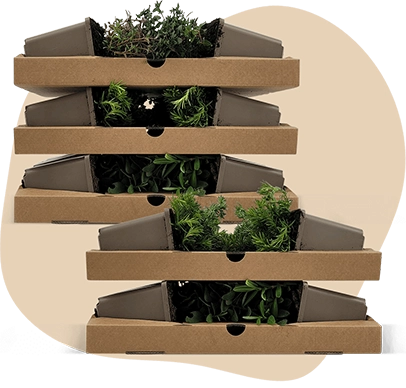Description
Nothofagus antarctica C12 80-100 | Antarctic beech
The Nothofagus antarctica, commonly known as the Antarctic beech, is a distinctive shrub with an upright to bushy growth habit. This plant can reach a height of up to 7 metres and spreads to a similar width. Its leaves are green, small, and have a slightly aromatic quality, adding a unique touch to gardens. The Antarctic beech is not evergreen, shedding its leaves in winter. It is relatively low-maintenance, making it a suitable choice for various garden settings. Additionally, this plant produces small fruits, enhancing its decorative appeal. The Nothofagus antarctica, or Nirre, is a versatile addition to any garden.
Key Plant Characteristics of Nothofagus antarctica
- Nothofagus antarctica blooms in May and June with yellow and green flowers. These flowers are fragrant and attract butterflies, bees, and bumblebees.
- The ideal location for Nothofagus antarctica is a sunny spot in the garden.
- This plant thrives in all soil types as long as the soil is well-drained.
- The bark of Nothofagus antarctica is smooth and grey, with branches that have an upright to bushy growth habit.
For those looking to enhance their garden with unique
garden plants, Nothofagus antarctica is an excellent choice.
Application of Nothofagus antarctica in the Garden
- Nothofagus antarctica is ideal for use in borders, group plantings, or as a solitary feature in the garden. Its upright to bushy growth habit makes it a versatile choice for various garden styles.
- This plant is hardy, tolerating temperatures as low as -20.6°C, making it suitable for USDA zones 6b to 7a.
- It combines well with other shrubs and perennials, especially those that thrive in well-drained soil and sunny locations.
- The most striking feature of Nothofagus antarctica is its decorative foliage, which adds visual interest throughout the year.

























